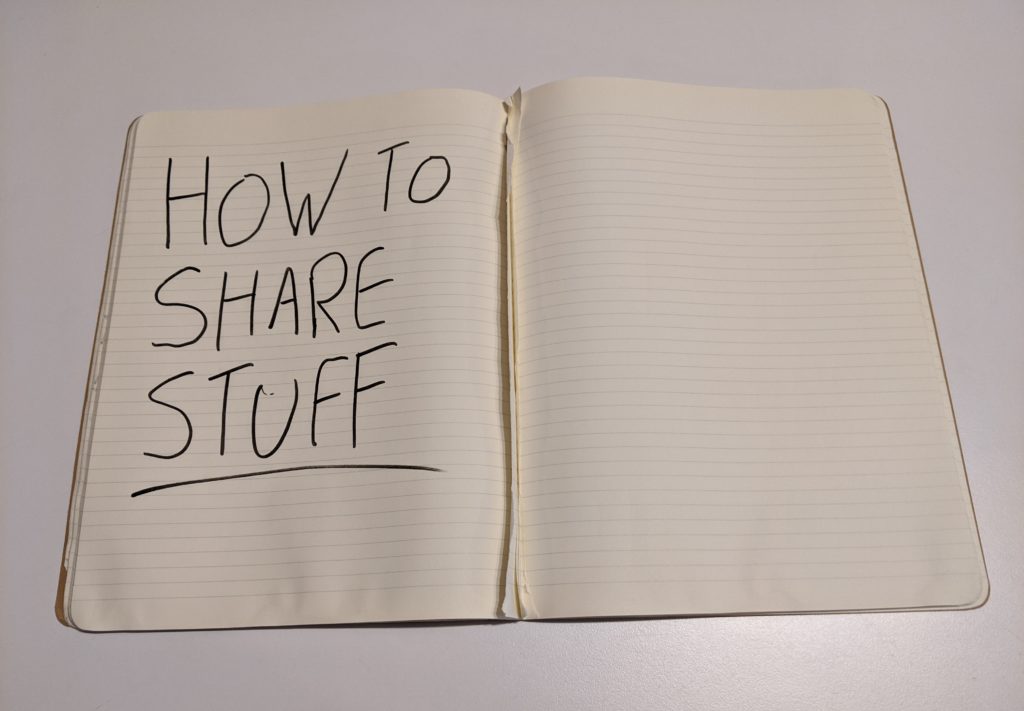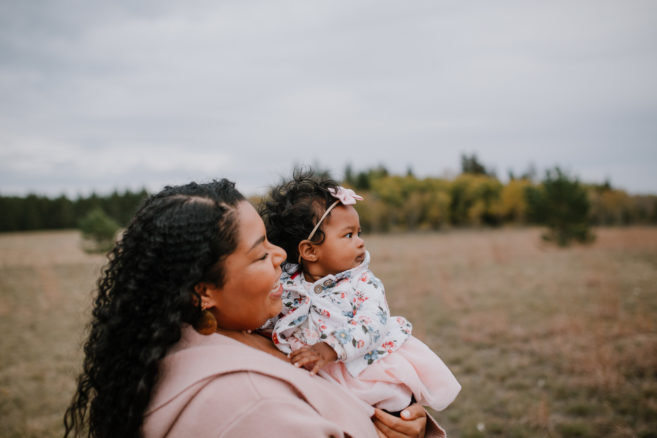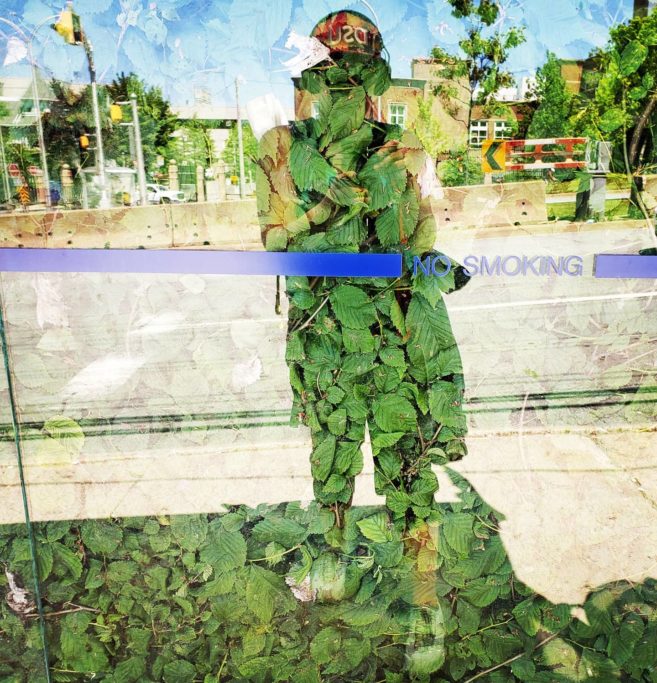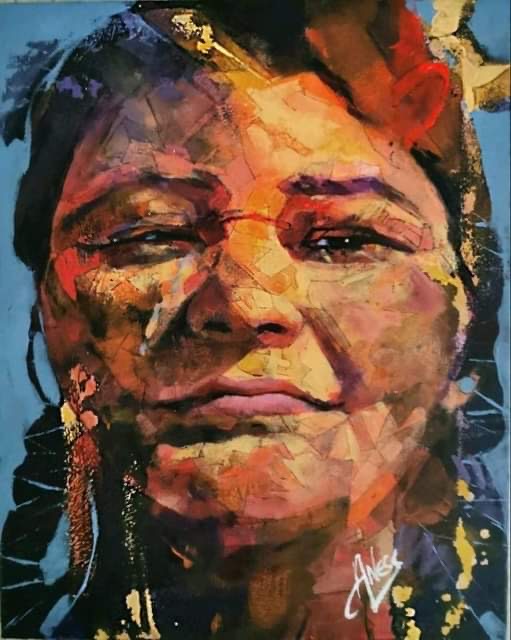The Dish with One Spoon wampum is an agreement to take only what is required and to make sure that all living things are able to sustain their lives. This includes caring for the waters and their ecosystems—the soil, the rocks, the vegetation, the mammals and the birds. The Dish with One Spoon is wide-reaching and covers much of the Great Lakes region, the north shore of the Saint Lawrence River and parts of New York and Michigan.
Some contemporary readings of the Dish with One Spoon bring up three key teachings that mediate how we should conduct ourselves in shared or contentious spaces. These teachings can be summarized as: take only what you need, keep it clean and leave some for the future. These can be viewed as ways to govern sharing with others, but also as self-regulating mechanisms for guiding our daily choices.
Step 1
Take two blank sheets of paper.
Step 2
Divide one page into four long columns.
Step 3
Label the headings of each column:
- Shared Stuff
- Take Only What You Need
- Keep It Clean
- Leave Some for the Future
Step 4
Fill column 1 with Shared Stuff: words and/or symbols representing goods in life that sustain us, including common spaces and resources.
Here are some examples of Shared Stuff:
rare books, bike shares, wild berries, public parks, rare metals, seafood, office kitchens, an Elder’s time, a camp ground, waterfront access, intergenerational wealth, food banks
Step 5
Think up ways to apply each of the three teachings (the headings for columns 2, 3 and 4) to each item in the Shared Stuff column. Explore these concepts as though you were making policies to regulate physical and conceptual commodities. Make notes in text or symbols for each subject. Repeat for the rest of the Shared Stuff you have listed.
Step 6
Configure the second page into three sections in any way you wish. Each of these sections corresponds to one of the three teachings: take only what you need, keep it clean and leave some for the future.
Step 7
Choose one item from the Shared Stuff column to focus on.
Step 8
Rearticulate the item’s management plan through symbols and illustrations, creating a step-by-step how-to visual guide for the sharing. Title it. Put it somewhere you will notice it.
Step 9
The first page is your working document, your source for subsequent rearticulations. Keep this for the future. Repeat steps 6 through 8, as many times as you like, addressing each of your Shared Stuff items.
Share images of your how-to guides on Instagram and Twitter @canartca, or on Facebook. Additional exercises can be found in the Talking Treaties Collective’s forthcoming illustrated book, Treaty Guide for Torontonians.
This is an article from our special all-Indigenous digital issue, “Sovereignty.”

 How to Share Stuff: an acknowledgement exercise by Ange Loft & Jill Carter
How to Share Stuff: an acknowledgement exercise by Ange Loft & Jill Carter






